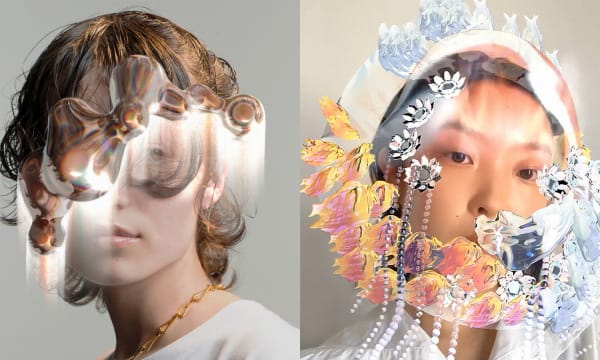Ads are migrating away from traditional channels onto younger platforms—even making their way off screens with the help of augmented reality.
The biggest American advertising event of the year is approaching: the Super Bowl. Historically, brands would pour advertising money into their Super Bowl spots—in 2021, a 30-second spot during the Super Bowl cost $5.6 million dollars. This year, however, brands are opting out to instead advertise on TikTok and in the metaverse.
State Farm announced that it plans to run a TikTok challenge instead of a TV ad for this year’s Super Bowl. The pivot was made in an effort “to meet the next generation of consumers by showing up where they’re spending their time and in spaces that they’re interested in,” the insurance company said in a statement.
“Rather than focus solely on one day and a traditional on-air spot, which admittedly was a huge success for us last year, we decided to tap into the ongoing excitement of #TeamStateFarm to extend engagement from the regular season into the postseason and beyond,” said Alyson Griffin, vice president of marketing at State Farm.
TikTok was the most-downloaded mobile app in 2021, App Annie reported, and has more than one billion monthly active users globally—making it an enticing platform for advertisers. The number of consumers exposed to ads on TikTok nearly doubled from 19% in 2020 to 37% in 2021, according to Kantar’s Media Reactions 2021 study. The latest figures released by Bytedance indicate that TikTok’s ad reach increased by 60 million users, or seven percent, in the 90 days leading up to January 26, 2022 alone—bringing its worldwide ad reach up to roughly 885 million at the start of 2022.
Miller Lite is also opting for a non-traditional advertising strategy at Super Bowl LVI. The beer brand is venturing from terrestrial TV into the metaverse, hosting a virtual bar on Decentraland on game day where it will debut a new ad.


